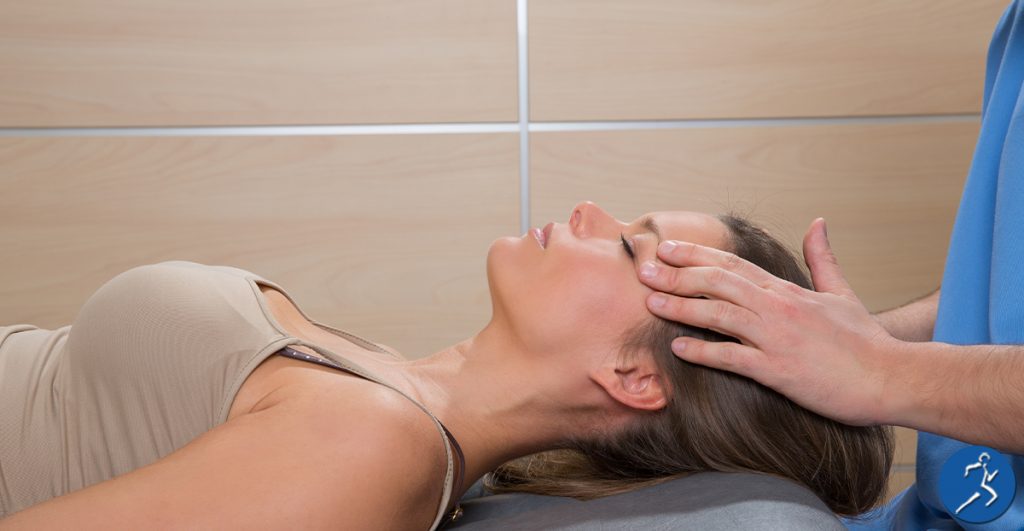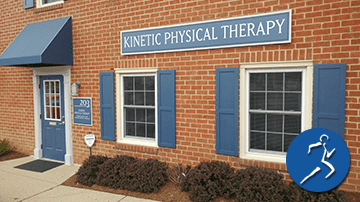
Sometimes life can be such a headache, but when a headache becomes something more, you might need more help than just medication can offer with migraine treatment. Migraines are more than just head pain; they are a neurological disease.
These disorders can affect the nervous system, including the brain and the pain fibers from the tissues surrounding the brain. Migraines disrupt how the brain processes pain, light, sound, and smell. This disruption leads to discomfort from regular surroundings like music, food, or sunlight. According to the National Institute of Neurological Disorders and Stroke (NINDS), these regular stimuli can bring on a migraine attack, lasting hours to days.
Traditional headaches are usually harmless and pass relatively quickly. However, frequent or severe headaches and migraines can affect your ability to perform daily activities and quality of life.
Migraine Triggers To Look Out For
- Changes in weather or environment
- Too much or not enough sleep
- Strong odors or fumes
- Emotion Stress
- Overexertion
- Loud or sudden noises
- Motion sickness
- Low blood sugar
- Skipped meals
- Tobacco
- Depression
- Anxiety
- Head trauma
- Hangover
- Some medications
- Hormonal changes
- Bright or flashing lights
How Does Migraine Treatment Work
Physical therapy is an increasingly popular option for migraine treatment and pain management, alongside medication or as an alternative. If drugs are ineffective or have other undesirable side effects, physical therapy is a great tool to aid in migraine treatment. Plus, unlike specific drug treatments for migraine, physical therapy does not increase the risk of worsening migraines in the long term.
Manual Treatment
There are two types of physical therapy for migraines: passive and active treatment. Passive physical treatment includes massage, hot/cold packs, and transcutaneous electrical nerve stimulation (TENS).
The hands-on approach can relieve joint and muscle stiffness, explicitly focusing on the neck to increase mobility. Passive migraine treatment also benefits muscle tension and spasms and improves muscle performance. Additionally, some physical therapists provide dry needling.
Alternatively, there is active physical therapy. Active migraine treatment includes stretching, exercises, and low-impact conditioning. Research has shown that specific exercises can decrease pain and inflammation and promote healing. In addition to exercises taking place on-site, customized at-home exercises are helpful.
Migraine Treatment Education
Another crucial factor in migraine prevention and treatment is education. Since knowing what triggers a migraine can help avoid one, educating patients has helped lessen the severity and frequency of migraines. A physical therapist can assist in identifying your triggers and teach you how to alleviate symptoms through relaxation techniques.
Don’t Let Migraines Slow You Down
Unlike these migraine medications, physical therapy strengthens your muscles and joints. Physical therapy techniques can help lessen your pain during a migraine attack, and they are beneficial if you use them during the beginning of a migraine.
Having migraines may not be completely avoidable, but having the right plan and knowledge to eliminate them is possible. Physical therapy is one option to help you manage your life with migraines. You have many choices when choosing where to receive physical therapy treatment. We value your business! Come for a visit soon!


